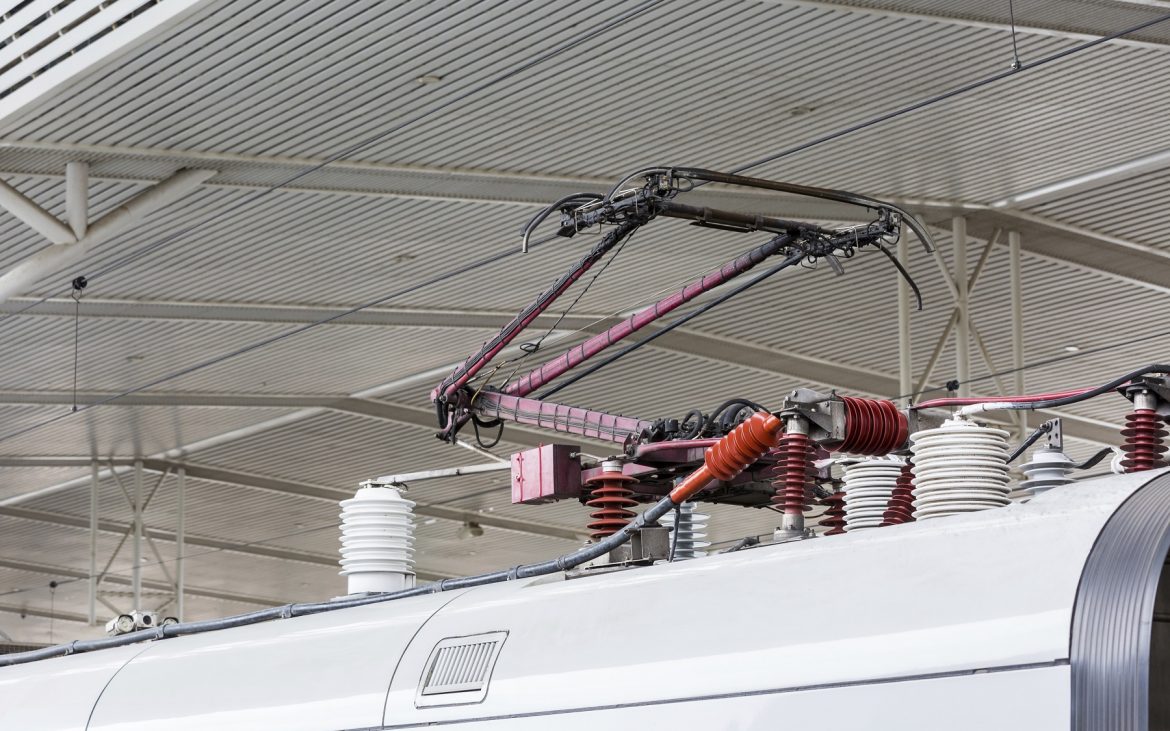M
odern railway electrification systems are complex combinations of parts working together to provide power, safety and efficiency under even the harshest conditions and demands.
The power distribution industry relies heavily on the use of intelligent systems to detect faults in components of railcars. Predicting the possible presence of flaws is essential to preventing train stoppage and accidents, as well as ensuring passenger safety.
Power Distribution Basics
A railway electrification system uses electricity to power railway trains and trams without a local fuel supply. A nearly continuous conductor runs along the track and supplies power to moving trains, typically taking one of two forms: overhead line or third rail.
In rail systems that use an overhead line, the pantograph is an important part of locomotive electrification. Together with the overhead line, circuit breaker, and main rectifier, the pantograph works to transmit electrical energy to trains, trams and trolleys.
Power Distribution Critical to Operations and Safety
Power distribution systems are essential to effective railway systems. A power distribution shortage will cause the train to simply stop. While train stoppage clearly has a negative impact on efficiency, profitability and reliability, there are safety and security concerns as well.
In the event of a power distribution shortage, the locomotive must send emergency signals. Passengers need to be able to escape and the doors must continue to open and close, for example.
Today’s railways use switches and sensors to detect the status of systems. The use of such intelligent technical devices, such as the PBX Secure Action Switch, is invaluable for ensuring door opening and closing, alarm signals and emergency stop function.
Smart Technology for Harsh Environments
Numerous onboard applications use this and other auxiliary safety measures as part of a proactive safety control system.
In fact, small boxes containing circuit breakers fit the undersides of many trains. Contrary to preventing power shortage, the circuit breakers can cut the electricity on board the train if needed.
All of these critical safety components are customizable and designed especially for severe environments. These products are totally sealed with IP67 and comply with railway standards concerning fire/smoke, shock and vibration resistance and electrical endurance.
Advantages
To meet high demands for comfort, efficiency, speed and safety in the most challenging environments, more and more smart devices have appeared in railway systems. With one objective: make safety simpler and more cost-effective.
Intelligent automation devices are preferred for their safety versatility, reliability and control : they help to improve rail capacity, punctuality, fluidity, connectivity and onboard services.
